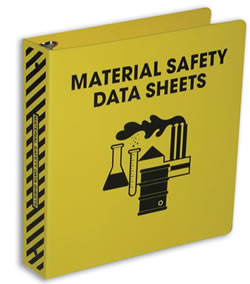 A Material Safety Data Sheet (MSDS) is used by chemical manufacturers and importers to convey both the physical hazards pH, flashpoint, flammability, etc. and the health hazards carcinogenicity, teratogenicity, etc. of their chemicals to the end user. MSDSs are a critical component of the United States Occupational Safety and Health Administrations OSHA Hazard Communication Standard. This standard mandates that workers have a right to know what hazards are associated with the chemicals they use in the workplace. Both manufacturers of chemicals and employers with chemicals in their workplace, must be in compliance with this regulation as it is the most often cited violation by OSHA, with fines of more than $70,000 per violation per instance.
A Material Safety Data Sheet (MSDS) is used by chemical manufacturers and importers to convey both the physical hazards pH, flashpoint, flammability, etc. and the health hazards carcinogenicity, teratogenicity, etc. of their chemicals to the end user. MSDSs are a critical component of the United States Occupational Safety and Health Administrations OSHA Hazard Communication Standard. This standard mandates that workers have a right to know what hazards are associated with the chemicals they use in the workplace. Both manufacturers of chemicals and employers with chemicals in their workplace, must be in compliance with this regulation as it is the most often cited violation by OSHA, with fines of more than $70,000 per violation per instance.
Author: Randy
Seat Belts Save Lives
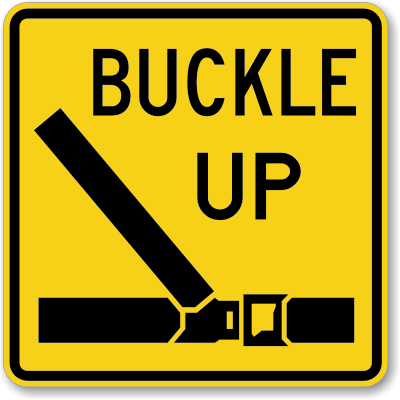 Although safety belt usage continues to increase, many groups of people, especially teens, still are not buckling up. In 2009, 67 percent of the passenger vehicle occupants ages 13 to 15 killed in motor vehicle crashes were not using restraints – the highest percentage out of all age groups. Keep your family safe by always buckling up and setting an example that will have a lasting impact on your children.
Although safety belt usage continues to increase, many groups of people, especially teens, still are not buckling up. In 2009, 67 percent of the passenger vehicle occupants ages 13 to 15 killed in motor vehicle crashes were not using restraints – the highest percentage out of all age groups. Keep your family safe by always buckling up and setting an example that will have a lasting impact on your children.
via Motor Vehicle Safety – Distracted Driving, Teen Driving, Aggressive Driving.
Workplace Safety – Accident/Incident/Near Miss Investigation
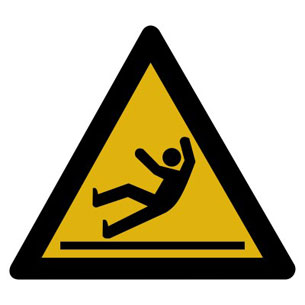 One of the best ways to avoid further accidents is to understand how an accident occurred and how to avoid that type of accident in the future. The accident investigation is a tool. The goal is not to lay blame. The goal in an accident investigation is to:
One of the best ways to avoid further accidents is to understand how an accident occurred and how to avoid that type of accident in the future. The accident investigation is a tool. The goal is not to lay blame. The goal in an accident investigation is to:
- Satisfy legal requirements (National Institute for Occupational Safety and Health? NIOSH, and Occupational Safety and Health Administration?OSHA)
- Find out what happened and determine immediate and underlying or root causes.
- Rethink the safety hazard.
- Introduce ways to prevent a reoccurrence
- Establish training needs.
- An accident, a near miss and an incident should all be investigated.
- Accident investigations are a tool for uncovering hazards that either were missed earlier or require new controls (policies, procedures or personal protective equipment).
- Near-miss reporting and investigation identify and control safety or health hazards before they cause a more serious incident.
- Incident investigations should focus on prevention.
ACCIDENT — an undesired event or sequence of events causing injury, ill-health or property damage.
NEAR MISS — near misses describe incidents where, given a slight shift in time or distance, injury, ill-health or damage easily could have occurred, but didn’t.
INCIDENT — an incident is an unplanned, undesired event that hinders completion of a task and may cause injury or other damage.
Spot the Tot -Prevent “Backover” Tragedies
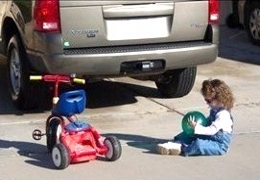 Preventing “Backover” or “frontover” tragedies
Preventing “Backover” or “frontover” tragedies
Danger can come from any direction, and parents must be aware of the risk of “backover” or “frontover” incidents. Many of these preventable injuries and deaths occur in driveways or parking lots when drivers are unaware children are near vehicles. Tragically, these drivers are often family members or friends of the injured child.
Parents, caregivers, drivers, and kids can all do their part to make sure that children do not share the same space as vehicles.
- Walk all the way around your parked vehicle to check for children – or anything that can attract a child like pets or toys – under or behind your vehicle before getting in and starting the engine.
- Accompany young children when they get in and out of a vehicle.
- Identify and use safe play areas for children away from parked or moving vehicles. Block driveways so cars cannot enter and exit.
- Designate a safe spot within a driver’s sight for children to wait when nearby vehicles are about to move.
- Firmly hold the hand of each child when walking near moving vehicles and when in driveways, in parking lots or on sidewalks.
via Spot the Tot.
Making the Business Case for Safety and Health
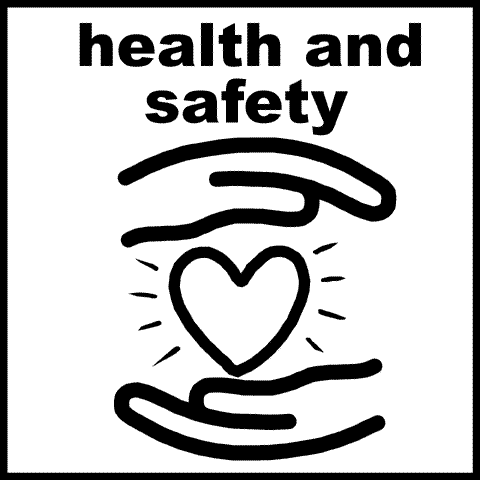 In addition to their social costs, workplace injuries and illnesses have a major impact on an employer’s bottom line. It has been estimated that employers pay almost $1 billion per week for direct workers’ compensation costs alone. The costs of workplace injuries and illnesses include direct and indirect costs. Direct costs include workers’ compensation payments, medical expenses, and costs for legal services. Examples of indirect costs include training replacement employees, accident investigation and implementation of corrective measures, lost productivity, repairs of damaged equipment and property, and costs associated with lower employee morale and absenteeism.
In addition to their social costs, workplace injuries and illnesses have a major impact on an employer’s bottom line. It has been estimated that employers pay almost $1 billion per week for direct workers’ compensation costs alone. The costs of workplace injuries and illnesses include direct and indirect costs. Direct costs include workers’ compensation payments, medical expenses, and costs for legal services. Examples of indirect costs include training replacement employees, accident investigation and implementation of corrective measures, lost productivity, repairs of damaged equipment and property, and costs associated with lower employee morale and absenteeism.
via Safety and Health Topics | Making the Business Case for Safety and Health – Costs.
Coronary heart disease – leading cause of death
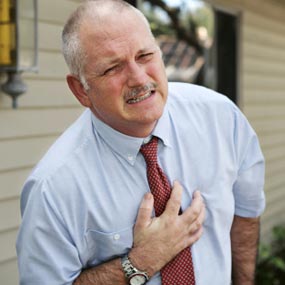 Coronary heart disease (CHD) is the leading cause of death in the United States for men and women.
Coronary heart disease (CHD) is the leading cause of death in the United States for men and women.
Coronary heart disease is caused by the buildup of plaque in the arteries to your heart. This may also be called hardening of the arteries.
Fatty material and other substances form a plaque build-up on the walls of your coronary arteries. The coronary arteries bring blood and oxygen to your heart.
This buildup causes the arteries to get narrow.
As a result, blood flow to the heart can slow down or stop.
A risk factor for heart disease is something that increases your chance of getting it. You cannot change some risk factors for heart disease, but others you can change.
The risk factors for heart disease that you CANNOT change are:
- Your age. The risk of heart disease increases with age.
- Your gender. Men have a higher risk of getting heart disease than women who are still getting their menstrual period. After menopause, the risk for women is closer to the risk for men. See: Heart disease and women
- Your genes. If your parents or other close relatives had heart disease, you are at higher risk.
- Your race. African Americans, Mexican Americans, American Indians, Hawaiians, and some Asian Americans also have a higher risk for heart problems.
Many things increase your risk for heart disease:
- Diabetes is a strong risk factor for heart disease.
- High blood pressure increases your risks of heart disease and heart failure.
- Extra cholesterol in your blood builds up inside the walls of your heart’s arteries (blood vessels).
- Smokers have a much higher risk of heart disease.
- Chronic kidney disease can increase your risk.
- People with narrowed arteries in another part of the body (examples are stroke and poor blood flow to the legs) are more likely to have heart disease.
- Substance abuse (such as cocaine)
- Being overweight
- Not getting enough exercise, and feeling depressed or having excess stress are other risk factors.
A history of violations: One worker’s comp horror story
 While each state has its own workers’ compensation laws, the basic tenet remains: the employer provides compensation and medical care for employees who are injured in the course of employment and the employee, in turn, relinquishes their right to sue.
While each state has its own workers’ compensation laws, the basic tenet remains: the employer provides compensation and medical care for employees who are injured in the course of employment and the employee, in turn, relinquishes their right to sue.
But that security blanket began to unravel the morning of Nov. 5, 2003, when Kristi Fries, an employee at Mavrick Metal Stamping, a now closed Mancelona, Mich., auto parts supplier, reached to remove a part from a 110-ton stamping press. Her unzipped sweatshirt triggered the machine’s controls, causing the press to slam down and crush her arms, resulting in the amputation of both arms between the wrist and the elbow.
via A history of violations: One worker’s comp horror story | BenefitsPro.
Exercise: 7 benefits of Regular Exercise
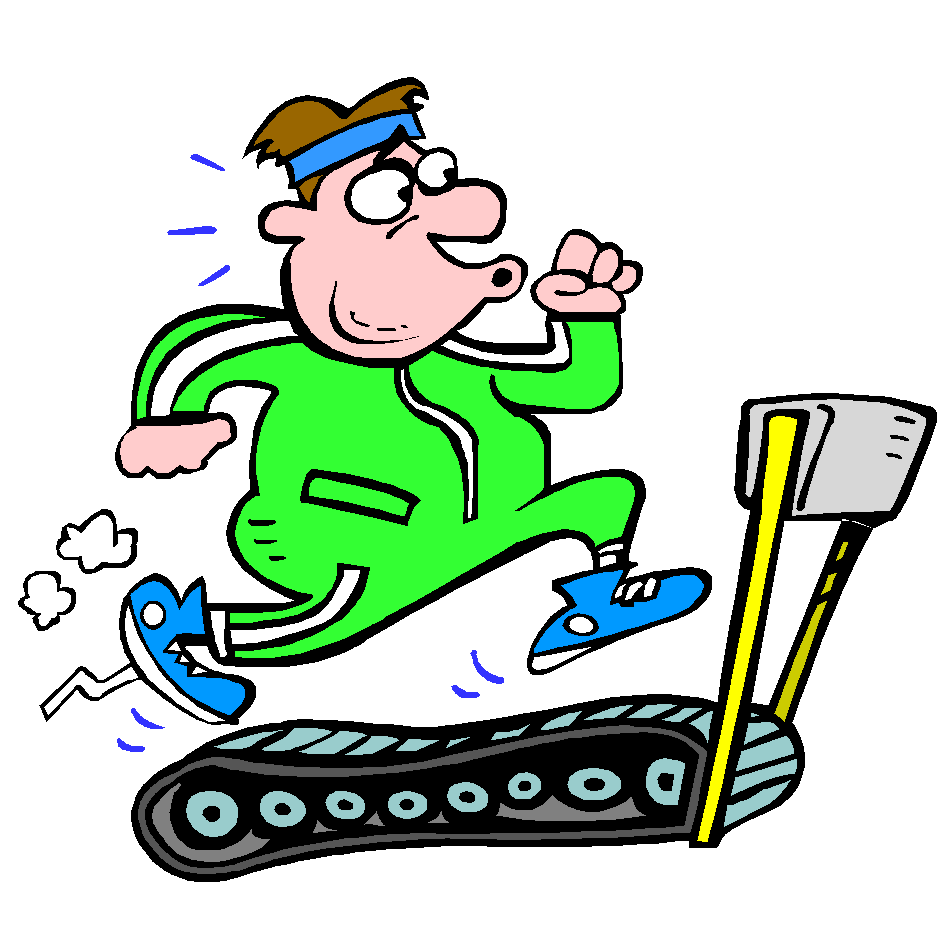 You know exercise is good for you, but do you know how good? From boosting your mood to improving your sex life, find out how exercise can improve your life.
You know exercise is good for you, but do you know how good? From boosting your mood to improving your sex life, find out how exercise can improve your life.
Want to feel better, have more energy and perhaps even live longer? Look no further than exercise. The health benefits of regular exercise and physical activity are hard to ignore. And the benefits of exercise are yours for the taking, regardless of your age, sex or physical ability. Need more convincing to exercise? Check out these seven ways exercise can improve your life.
- No. 1: Exercise controls weight
- No. 2: Exercise combats health conditions and diseases
- No. 3: Exercise improves mood
- No. 4: Exercise boosts energy
- No. 5: Exercise promotes better sleep
- No. 6: Exercise puts the spark back into your sex life
- No. 7: Exercise can be fun
The bottom line on exercise and physical activity are a great way to feel better, gain health benefits and have fun. As a general goal, aim for at least 30 minutes of physical activity every day. If you want to lose weight or meet specific fitness goals, you may need to exercise more. Remember to check with your doctor before starting a new exercise program, especially if you have any health concerns.
via Exercise: 7 benefits of regular physical activity – MayoClinic.com.
Machine Safety is Critical
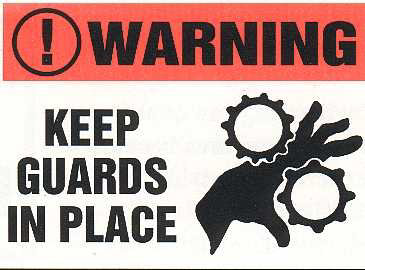 Machine safety is critical for worker safety, because machines have many ways to injure workers: Many machines have moving parts, sharp edges, and hot surfaces with the potential to cause severe workplace injuries such as crushed fingers or hands, amputations, burns, or blindness. Safeguards are essential for protecting workers from these preventable injuries. Any machine part, function, or process that might cause injury must be safeguarded. When the operation of a machine may result in a contact injury to the operator or others in the vicinity, the hazards must be eliminated or controlled.
Machine safety is critical for worker safety, because machines have many ways to injure workers: Many machines have moving parts, sharp edges, and hot surfaces with the potential to cause severe workplace injuries such as crushed fingers or hands, amputations, burns, or blindness. Safeguards are essential for protecting workers from these preventable injuries. Any machine part, function, or process that might cause injury must be safeguarded. When the operation of a machine may result in a contact injury to the operator or others in the vicinity, the hazards must be eliminated or controlled.
via CDC – Machine Safety – NIOSH Workplace Safety and Health Topic.
Stay Safe While Boating
 Recreational boating—enjoyed by over 70 million Americans each year—can be a wonderful way to spend time with family and friends. And making safety a priority can ensure that boating stays fun.
Recreational boating—enjoyed by over 70 million Americans each year—can be a wonderful way to spend time with family and friends. And making safety a priority can ensure that boating stays fun.
Consider that:
- In 2009, 3,358 people were injured and 736 died in boating incidents. Of those who drowned, 9 out of 10 were not wearing life jackets.
- Of the people who died in a boating incident in 2009, more than 7 out of 10 (73%) drowned. More than 90 percent of the people who drowned were not wearing a life jacket.
- Alcohol use was the leading contributing factor in fatal boating incidents.
